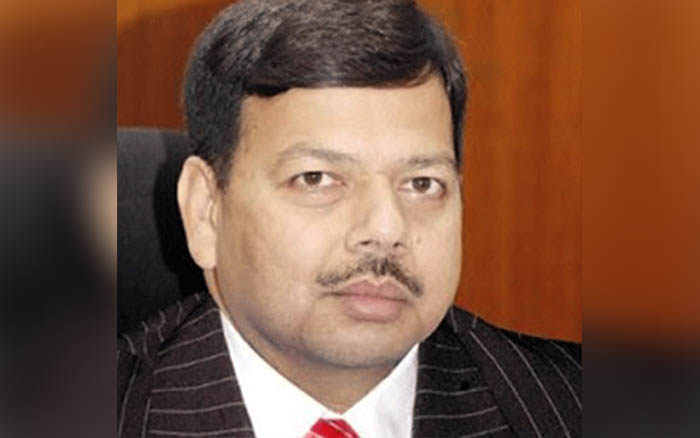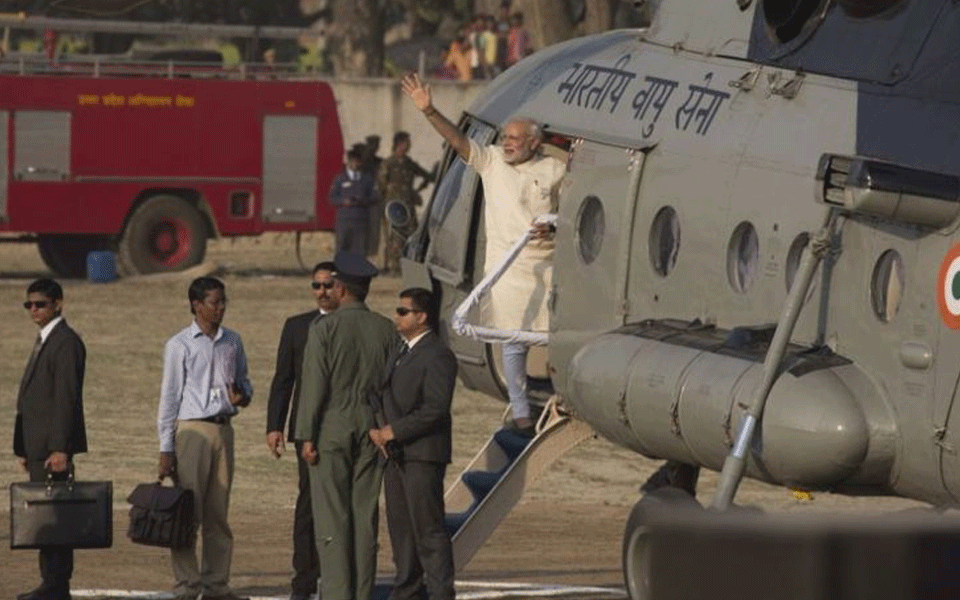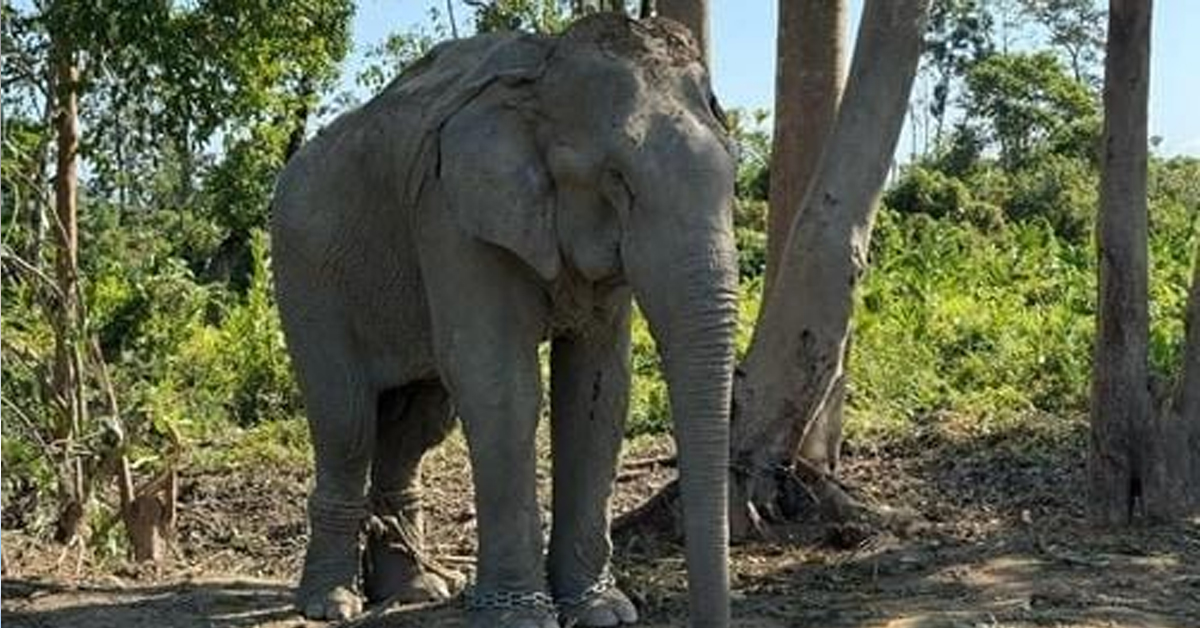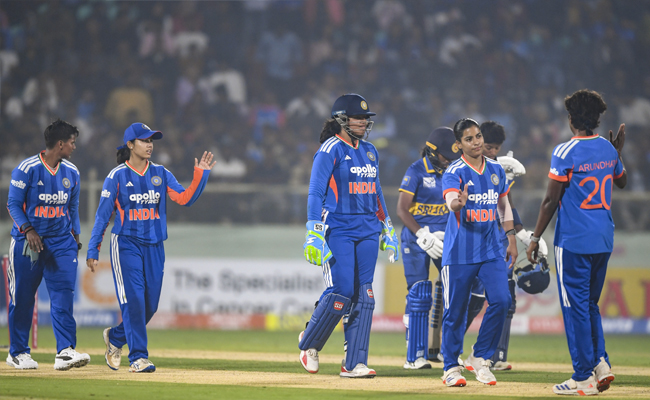Bengaluru, Apr 25: The Central Administrative Tribunal (CAT) bench here Thursday stayed the Election Commission order suspending IAS officer Mohammed Mohsin for checking prime minister Narendra Modi's helicopter in Odisha.
The officer from Karnataka cadre, deployed in Odisha as a general observer, was suspended on April 17 for checking Modi's helicopter in Odisha's Sambalpur in "violation" of norms for dealing with SPG protectees and sent back to the state.
The CAT maintained that during an election process while reasonable assurances of protection and security must be made available to SPG protectees, it cannot be said "they are eligible for anything and everything."
The bench also ordered issue of notice to the EC and "four others" and posted the matter for further hearing on June 6.
Mohsin had tried to check some luggage in the convoy of the Prime Minister during his campaign visit and the EC had said he had acted in violation of its existing instructions.
In its order, CAT member (Judicial) Dr K B Suresh noted there was a circular regarding the SPG protectees that they are exempted from certain examinations on certain grounds.
"We will not go into the SPG protectees guidelines as per the bluebook right now, but the rule of law must prevail," he said.
The CAT also took note of the plea of the applicant's counsel who said there were news about heavy packages unloaded from prime minister's cavalcade being taken away in other vehicle.
Questions were raised but apparently no action followed, it said.
Noting that under the Constitutional process of federal structure, even though the EC has supervisory powers over the employees under its control at that moment of time, the CAT said once they are out of it, the commission's powers would cease.
The tribunal said: "Thereforethe suspension order issued by the election commission cannot, on the face of it, lie. It is hereby stayed."
However, the CAT said it would look into this matter afresh once it received the response from the EC.
The tribunal said the applicant will be eligible to rejoin his former position under the Karnataka government "without any further ado about it".
Following the suspension, an EC source had said: "It has been laid down that SPG protectees are exempted from checking.
He (the officer) should have known the instruction being an observer. The reason for suspension is dereliction of duty."

IAS officer Mohammed Mohsin
Let the Truth be known. If you read VB and like VB, please be a VB Supporter and Help us deliver the Truth to one and all.
Pilibhit (PTI): A 19-day-old elephant calf, brought from Bijnor, was placed under care at the Pilibhit Tiger Reserve (PTR) on Sunday, an official said and added that the calf got separated from its mother in the forest area of Bijnor.
The calf was born on December 2 in the Bijnor forest area and got separated from its mother shortly after birth, the official said.
The forest department made several attempts to reunite it with its mother, but without any success. To ensure the calf's safety and better care, it was decided to transfer it to the Pilibhit Tiger Reserve on the instructions of senior officials.
On Saturday, Deputy Director Manish Singh received the calf. Special arrangements have been made in the reserve for its care. It has been kept in a safe and clean environment to provide it with a natural setting and protect it from external noise and disturbances.
Singh told reporters that raising an 19-day-old calf is challenging.
It requires a special diet as a substitute for mother's milk and constant monitoring.
He said a special team has been formed to provide 24-hour care. Since the calf is very young, it is being cared for like a newborn baby.
According to Singh, the primary responsibility for monitoring the calf's health has been entrusted to PTR's veterinarian, Dr Daksh Gangwar. Under his supervision, a complete record of the calf's health checkups, diet, and body temperature is being maintained. The team is ensuring that the calf does not contract any infection.





